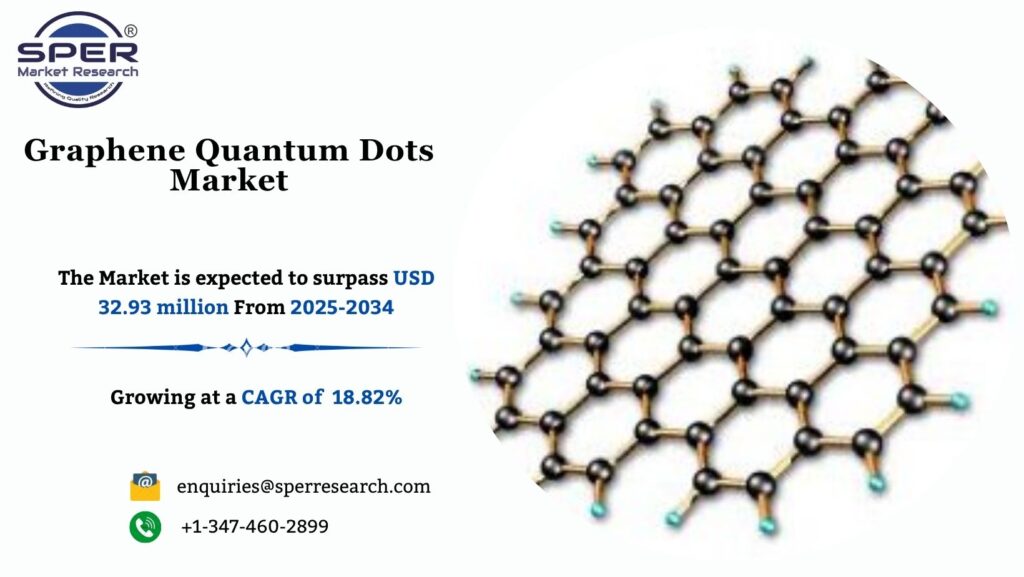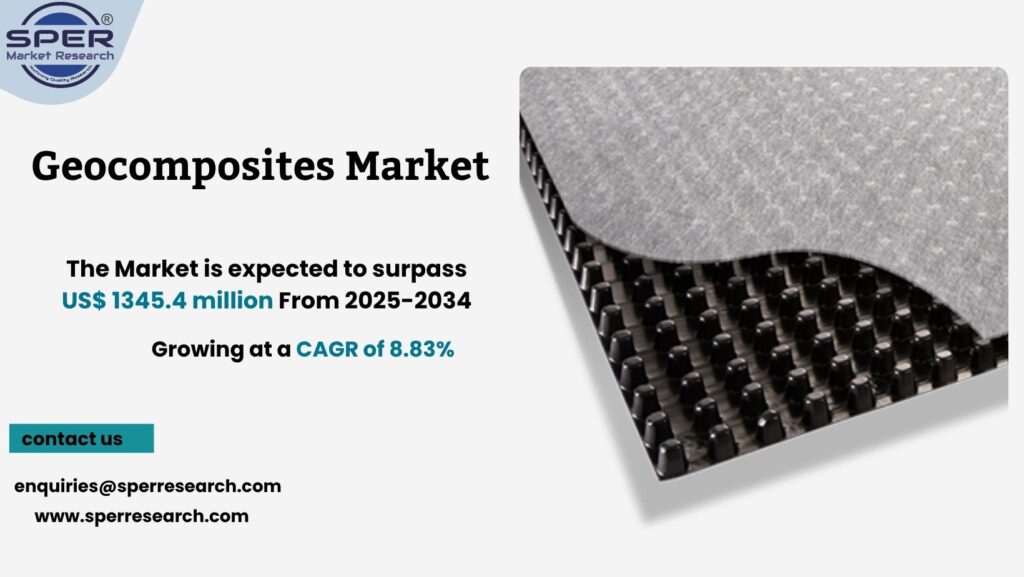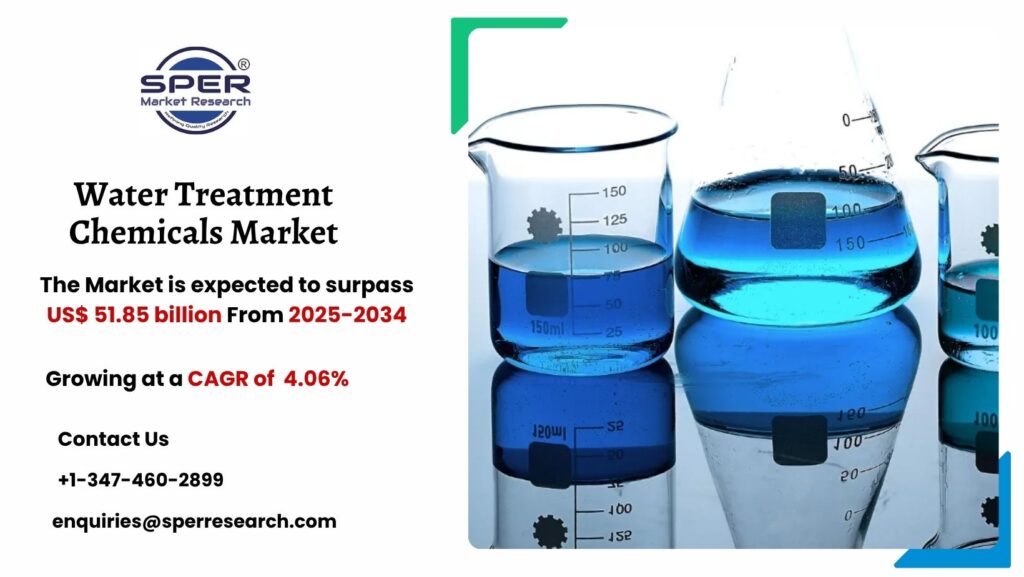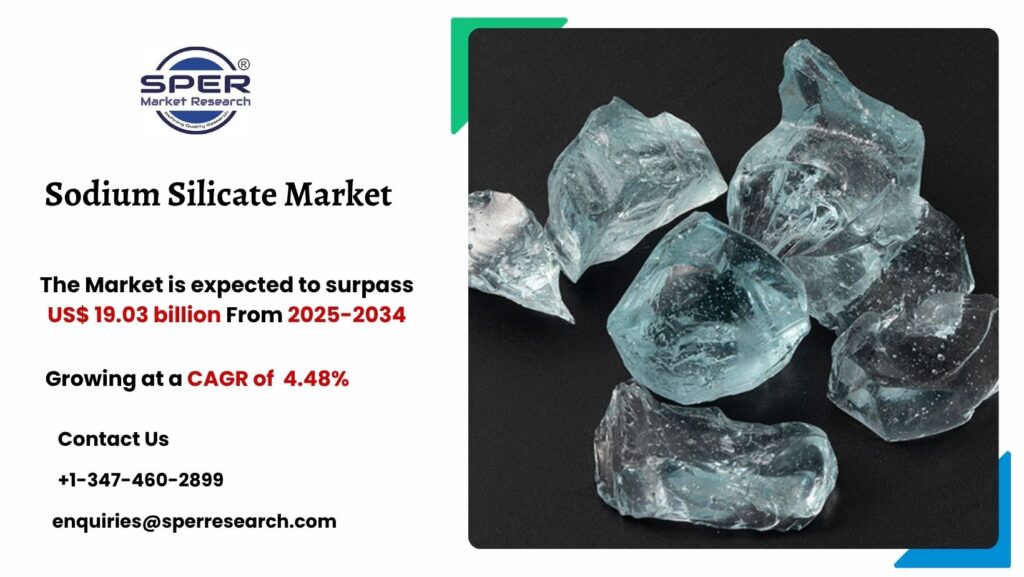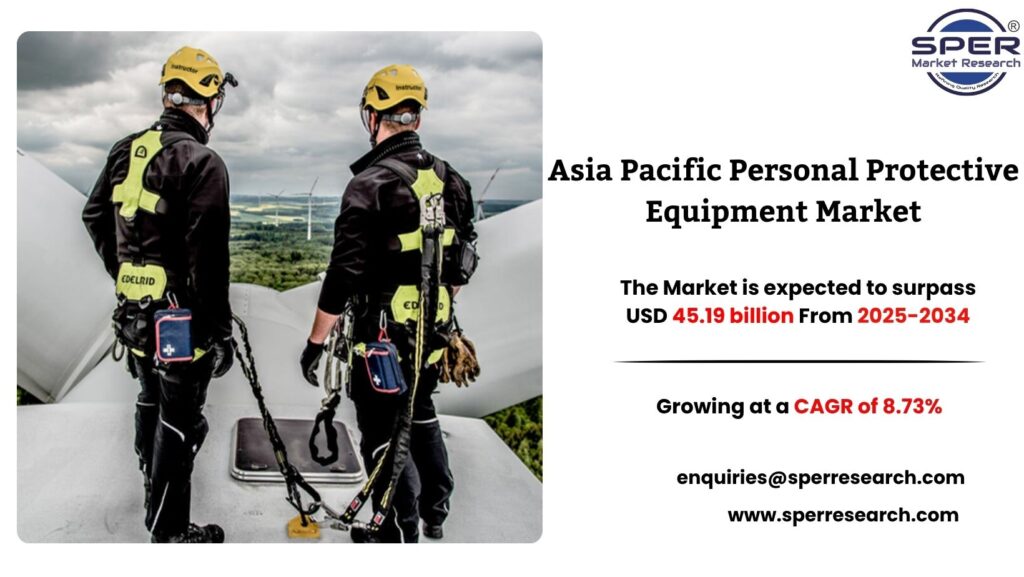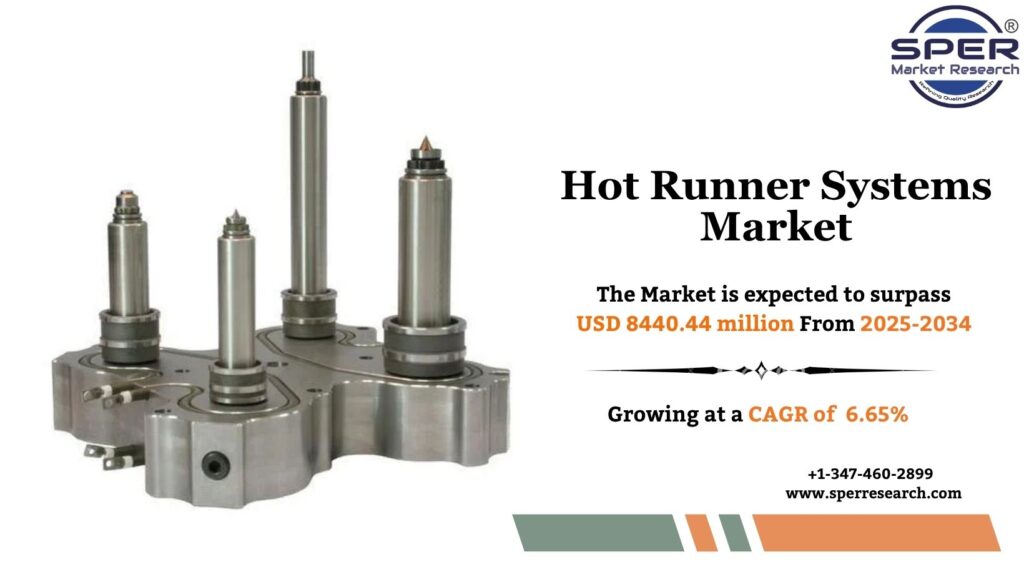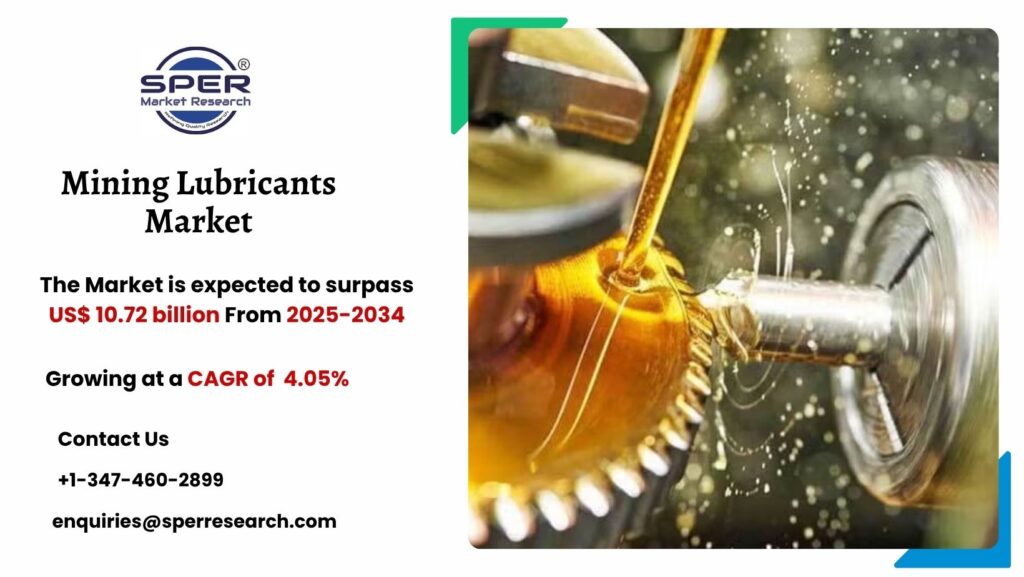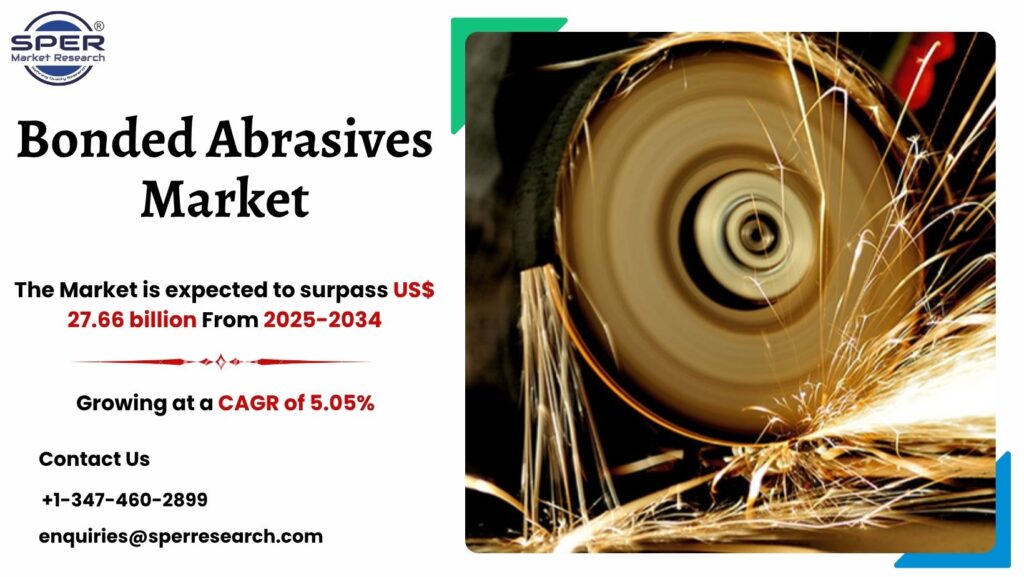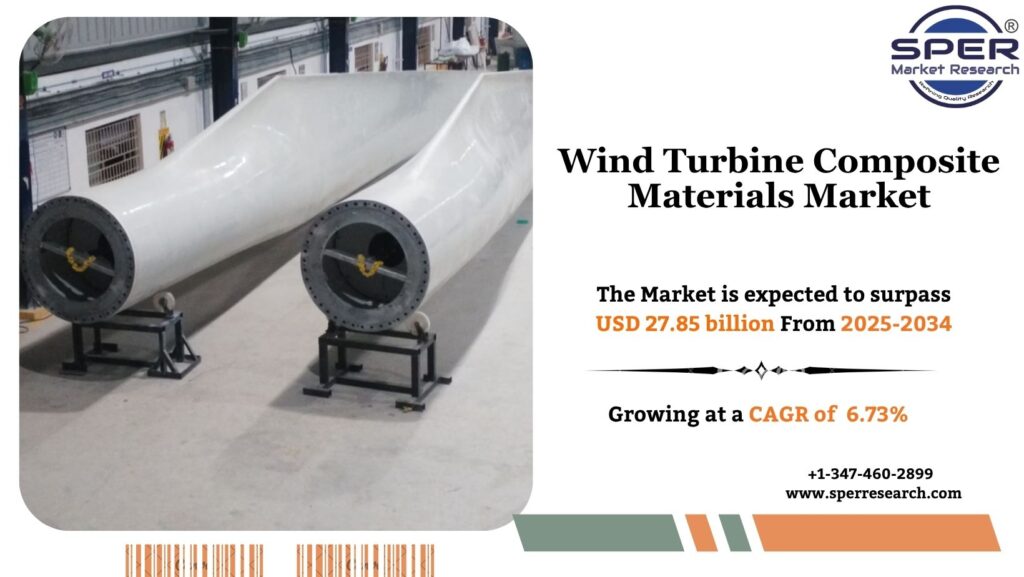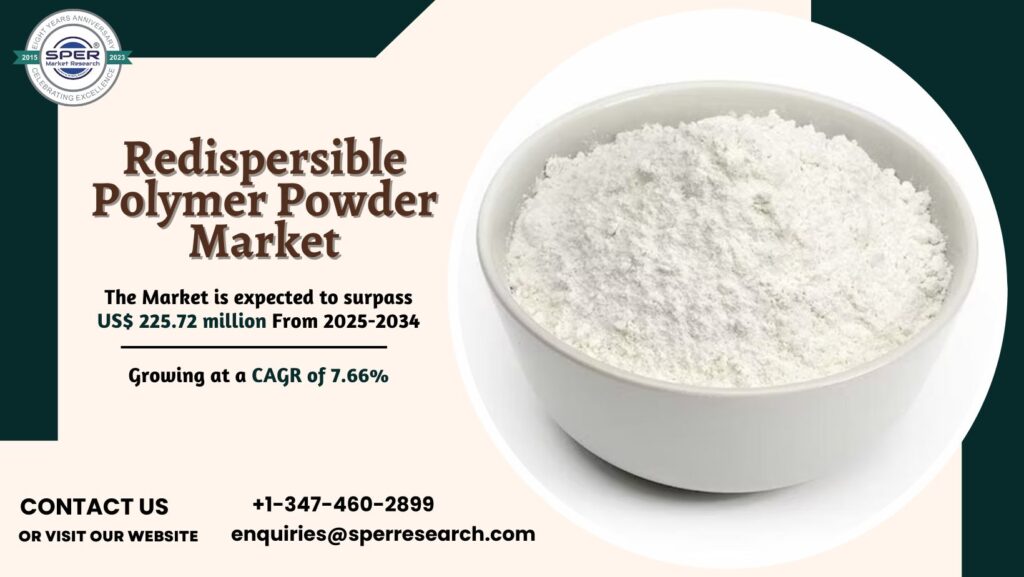Graphene quantum dots are nanomaterials composed of carbon and are distinguished by their diminutive size, distinctive quantum confinement effects, and considerable surface areas. Compared to conventional quantum dots, graphene quantum dots exhibit lower toxicity, enhanced biocompatibility, and a minimal environmental impact. The growing use of quantum dots in a variety of industries is propelling the graphene quantum dots market’s rapid expansion.
According to SPER market research, ‘Global Graphene Quantum Dots Market Size- By Application – Regional Outlook, Competitive Strategies and Segment Forecast to 2034’ state that the Global Graphene Quantum Dots Market is predicted to reach 32.93 million by 2034 with a CAGR of 18.82%.
Drivers:
The Graphene Quantum Dots (GQDs) sector is experiencing substantial growth, fueled by their rising implementation in advanced technologies and high-performance material applications. There is a growing demand in fields such as bio-imaging, optoelectronics, drug delivery, and energy storage. GQDs have become essential components due to their adjustable photoluminescence, outstanding electrical conductivity, and biocompatibility. Graphene Quantum Dots are nanoscale segments of graphene showcasing quantum confinement and edge effects, rendering them remarkably effective for light emission and electron transfer. Their exceptional optical and electronic attributes render them highly suitable for applications ranging from next-generation solar cells and LEDs to biosensors and components for quantum computing.
Request a Free Sample Report: https://www.sperresearch.com/report-store/graphene-quantum-dots-market?sample=1
Restraints:
The intricacy of producing GQDs with uniform dimensions and consistent quality restricts their widespread commercial utilization. Existing production techniques typically require expensive precursors and energy-demanding processes, which impede competitive pricing when juxtaposed with alternative nanomaterials. Moreover, regulatory issues present challenges, especially in biomedical sectors, where stringent safety and efficacy assessments prolong product development timelines. Also, the absence of standardized characterization methods for GQDs complicates the quality assurance process, leading to hesitation among prospective users who seek dependable and reproducible performance. The Asia Pacific region dominated the GQDs market in 2024, supported by government funding and investments from the private sector. China, Japan, and South Korea are at the forefront of GQDs research, aiming to improve their properties for diverse applications. The market is expanding because to the growing application of GQDs in healthcare, specifically in bioimaging and cancer treatment. Some of the key market players are American Elements, AUO, Avantama, BOE Technology, HANSOLCHEMICAL, LG, and others.
For More Information, refer to below link: –
Graphene Quantum Dots Market Share
Related Reports:
Nano Copper Oxide Market Growth
Follow Us –
LinkedIn | Instagram | Facebook | Twitter
Contact Us:
Sara Lopes, Business Consultant — USA
SPER Market Research
enquiries@sperresearch.com
+1–347–460–2899
